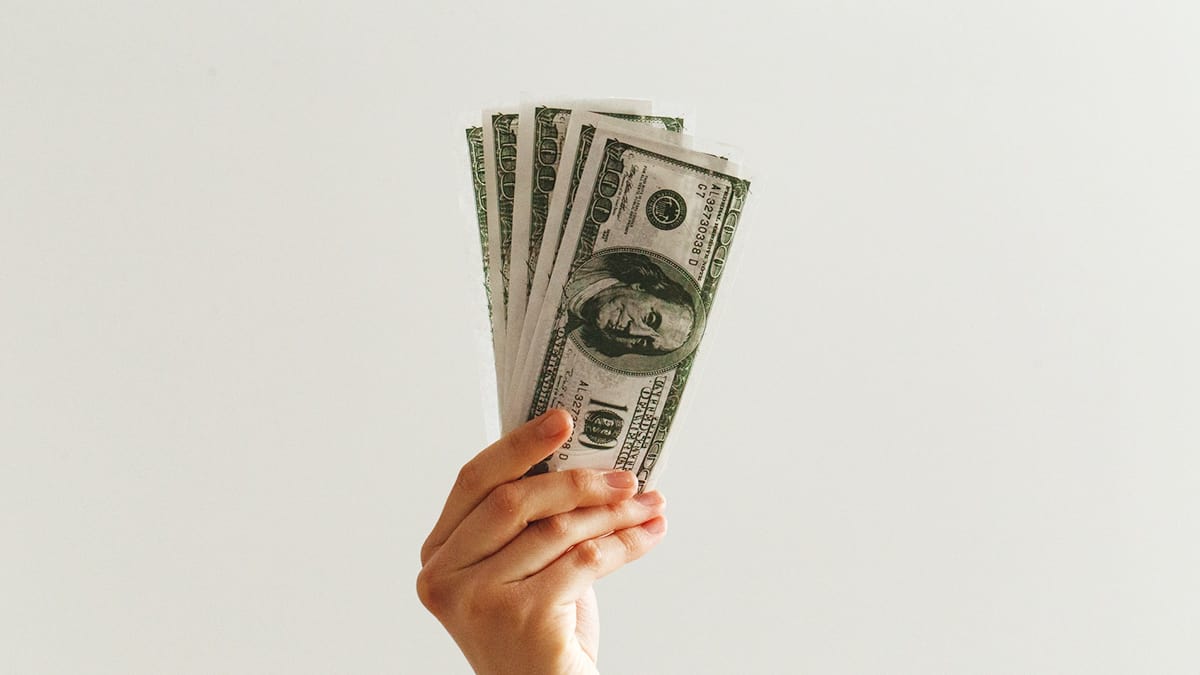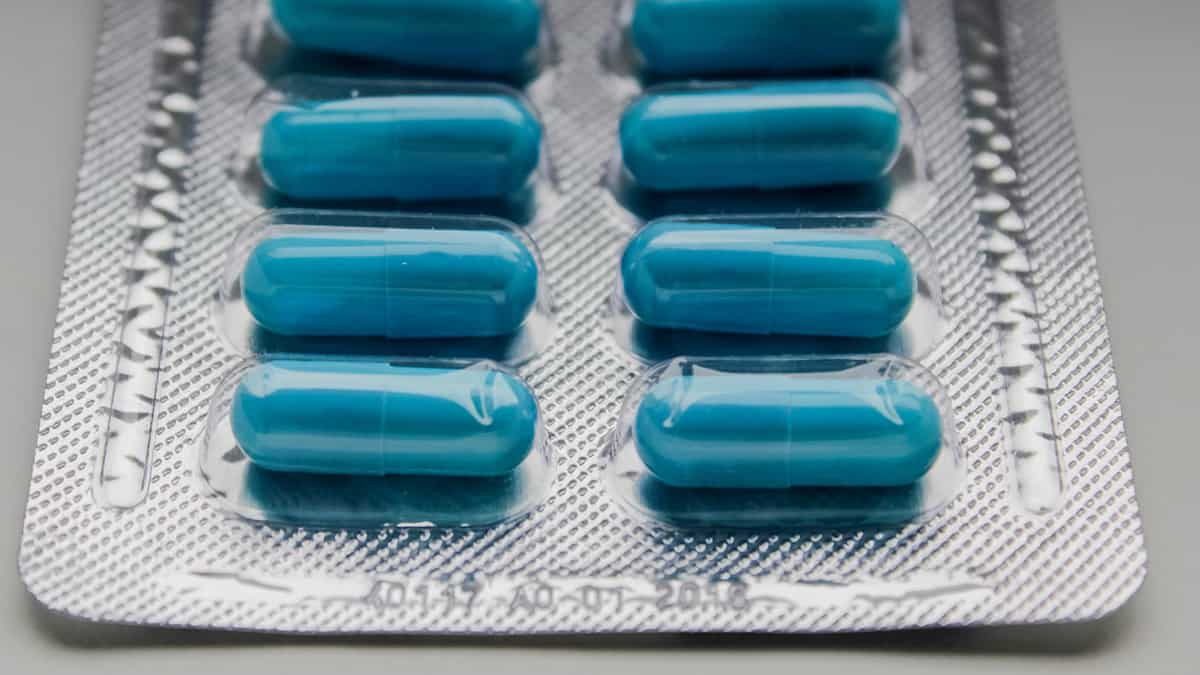No Longer a Cheap Alternative: Generic Drug Prices Soaring in the United States
high drug prices

The high cost of prescription drugs in the United States has been a major concern for many years. Far too many Americans are finding it increasingly difficult to afford necessary, life-saving medications within their country's current healthcare system. A significant number of Americans are unable to fill their prescriptions or adhere to the regimen their doctors have prescribed.
In an effort to reduce their out of pocket prescription costs, many Americans have turned to generic drugs as alternatives to brand name medications. Generic drugs contain the same active ingredients in the same dosage as their brand name counterparts and are therefore, just as effective. The biggest appeal of generic drugs is that they are often priced much lower than their brand name equivalents.
Unfortunately, this may no longer be the case for certain medications. Here's which medications are experiencing the highest price increases, possible reasons for the increases, and what people can do about it.
The Rising Cost of Generic Prescriptions and the Free Market
The increasing cost of generic medications has been a concern for many years at this point. Back in 2014, reports that medications previously available at mere pennies per dose had undergone "radical increases in price" in the previous few years. Some of the more extreme examples include: the antibiotic doxycycline, which had risen from 6.3 cents to $3.36 per pill; the antidepressant clomipramine, which increased from 22 cents to $8.32 per pill; and the heart medication digoxin, which went from 11 cents to $1.10 per pill.
These prices are typically indicative of a brand name drug with little-to-no competition. At least if that were the case, there would be some sort of common explanation for medication that costs $8.00 per pill. (Not that such an explanation would justify such a price point, but it's an explanation people often understand.)
However, similar market circumstances were still applicable in these instances. In fact, Dr. Aaron Kesselheim, a director of the Program on Regulation, Therapeutics and Law at Brigham and Women's Hospital in Boston, specifically cited market forces as the cause of these dramatically increased prices.
The rising cost of generic drugs was confirmed by a report by the University of Pittsburgh that looked at the prices of tens of thousands of prescription drugs between 2005 and 2016. While researchers found that brand name medications increased at the highest rates, they also found that generic drugs increased as well. During that time frame, oral generic drugs rose by 4%, while injectable generic drugs rose by 7%, annually.
Of course, the major issue with a price increase on generic drugs is that there doesn't seem to be much of a reason for it. At least not an increase higher than inflation, but research shows that drug prices in the U.S. are rising faster than inflation.
The amount of money it takes to develop a generic drug is far less than it is to create a new one because a significant portion of the work has already been done. The active ingredients and their doses have already been determined — it's only a matter of making sure the inactive ingredients aren't causing any kind of negative reaction and testing the new generic drug thoroughly.
Developing a generic drug is simply not in the same ballpark of "expensive," which means that there's no excuse for companies to increase prices so drastically. They're not trying to make back tens of millions of dollars.

Free (Market) Free-For-All
In the United States, healthcare is largely included in the free market, which is very much unlike most other countries — even other nations engaging in capitalism. Countries like Canada, Germany, France, Italy, and the United Kingdom provide some form of government-mandated health insurance to their citizens. In some cases, this system is entirely run by the government, and in others, it's a mixture of government involvement and private insurance (typically in the form of subsidies).
For better or worse, the U.S. has chosen to mostly forego that course of action (with two notable exceptions), leaving their citizens to fend for themselves on the free market. We could spend all day arguing the merits of this system — there are certainly many pros and cons to it — but one thing that is indisputable is the way the cost of healthcare and prescriptions have increased over the past few decades.
Basic economic theory suggests that a free market can regulate itself in many ways. Without getting into the finer details, the important thing to know is this: supply and demand levels affect price, and when the price gets too high, consumers will simply stop purchasing said product. This often occurs because competition has entered the market or people believe the product isn't worth the price anymore. At this point, the manufacturers will typically reduce the price in order to boost sales again.
In short, the laws of economics suggest that more competitors result in lower prices. However, producing prescription medication isn't the same as making a new kind of wallpaper that's easier to take off the wall. The research and development of drugs is extraordinarily expensive and time-consuming. It takes years of testing and review boards and government approvals.
New brand name drugs are priced high under the guise of making back the money it cost the drug company to produce the medication. Because of U.S. patent law, these companies are allowed to hold exclusive rights on these medications for a certain number of years, which is often between 10 and 30 years. At that point, generic medications can be developed — and at a much cheaper research and development price point because so much of the work has already been done.
However, the profit margin is also significantly lower, which doesn't often incentivize pharmaceutical companies to put forth the effort, which is where at least part of the problem begins. With only a few companies making generic drugs, there may not be enough competition to reduce the price point. In the past decade, many drug manufacturers have stopped production of some generic drugs or merged with other companies, resulting in what many would call a near-monopoly.
Government Intervention
For the most part, the U.S. government has taken a hands-off approach to healthcare. With the exception of Medicaid (a program for the poorest Americans who cannot afford health insurance at all) and Medicare (the socialized healthcare program available to people ages 65 and over), the healthcare system has been left up to capitalism and the free market.
The 2010 signing of the Affordable Care Act (ACA, also known as Obamacare) signaled a major shift in the way the government interacted with the healthcare system. Regardless of anyone's personal views on the law, the ACA was a method of intervening in a hodge-podge system in which millions of Americans were either priced out of health insurance or unable to obtain it because of pre-existing conditions.
One could also argue that the ACA helped focus more attention on the crisis that had been approaching unassuming Americans for decades: the outrageous cost of healthcare in the U.S, which extends to both insurance and prescriptions.
For the purpose of focusing on medications that are still available on the market at prices that make sense to the current levels of inflation and cost of living, we'll use examples that are more recent to demonstrate price hikes.
One prime example is the popular arthritis drug Humira. In 2015, Humira retailed at $2,914. By 2019, the retail price had risen to $5,174. In case you have a morbid curiosity about the math there, that works out to a 78% increase in a matter of four years. In the time it takes to graduate from high school, the price of Humira came terrifyingly close to doubling.
Another notable price increase was so shocking — so cruel because due to its purpose, which is to stop anaphylaxis — involves the drug company Mylan. A few years ago, Mylan increased the price on their EpiPen Auto-Injectors. Generic versions were expected to be released before long, which typically decreases the price for the brand name drug. However, both generics were rejected by the Food and Drug Administration (FDA).
As a result, Mylan artificially increased the retail price of the EpiPen. In a period of nine years (2007-2016), the price of a 2-pack of EpiPen Auto-Injectors went from $100 to $600.
This artificial inflation caused so much strife among Americans in need of this life-saving medication that Congress couldn't ignore it. Congress held hearings and grilled pharmaceutical executives for their choices, their reasoning behind them, and their own salaries.
The Increasing Presence of PBMs
Another complicating factor in the price of generic drugs is the increasing role that pharmacy benefit managers (PBMs) are playing in the American healthcare system. PBMs are a third party member of the insurance equation that is specifically contracted to handle prescription coverage. In exchange for distributing medication to pharmacies and individuals, they take a cut of the price of the medication.
Let's look back at the price increase of Humira. While the price increase is shocking enough, there's a hidden surprise when you look at the breakdown. A significant portion of the rise in price is in the PBM's cut of the sale. In 2015, the PBM's cut of Humira was about $291, or about 10% of the price, By 2019, the PBM's cut was $2,070 — an increase of $1,779, making up 40% of the overall price.
This is just one example of a brand name medication, but there's really no telling how this practice is being used for generic medications as well. And if that's the case, the increase in price isn't even entirely the pharmaceutical company's fault. In reality, that thought might be even more disturbing because there are multiple companies turning a massive (and exorbitant) profit off of people's illnesses.

The Impact on Senior Citizens
Further complicating matters for elderly Americans, Medicare is prohibited by federal law from negotiating lower medication prices. This practice means that pharmaceutical companies are free to charge exorbitant rates for no other reason than to pad their bottom lines. Given that people on Medicare are typically retired and living on a fixed income, high prescription drug prices have the potential to heavily impact this group.
The drastic increases have prompted the U.S. Senate and the U.S. Department of Justice to begin investigations into the pricing of generic drugs. They have issued subpoenas and sent letters to pharmaceutical companies in an attempt to find information regarding possible collusion between competitors.
Chances are, this will continue to be a pattern for the pharmaceutical companies, as more and more Americans are becoming aware of the actual cost of their medications (because insurance companies are shoving more of the financial burden on their enrollees).
It's also important to note that prescription coverage is not provided by Medicare. Prescription coverage is provided by Medicare Part D, which is an extra policy that Medicare enrollees must purchase. So not only are senior citizens being forced to pay for their prescription coverage, but they're having to pay more than ever before for necessary medication — and on a fixed income.
How Americans Can Find Financial Relief
The United States has the highest prices on medicines in the world, and for many Americans, accessing international online pharmacies is vital. NorthWestPharmacy.com is committed to supplying affordable medications, and with our lowest price guarantee, customers can find savings of up to 80% or more on the prescriptions they need.
With over 375,000 consumer reviews, NorthWestPharmacy.com is the most reviewed and independently five-star rated online pharmacy in the world. NorthWestPharmacy.com is a certified by the Canadian International Pharmacy Association (CIPA), is verified by by Trust Guard and every purchase is backed by the Norton Shopping Guarantee.
If you have questions, feel free to contact us today. For your convenience, we have a toll-free phone number: 1-866-539-5330.
We're happy to talk to you, answer your questions, and walk you through the process of ordering the medication you need — and then we'll ship it straight to your door. You shouldn't have to suffer through high prescription prices when there are more affordable alternatives at your disposal.